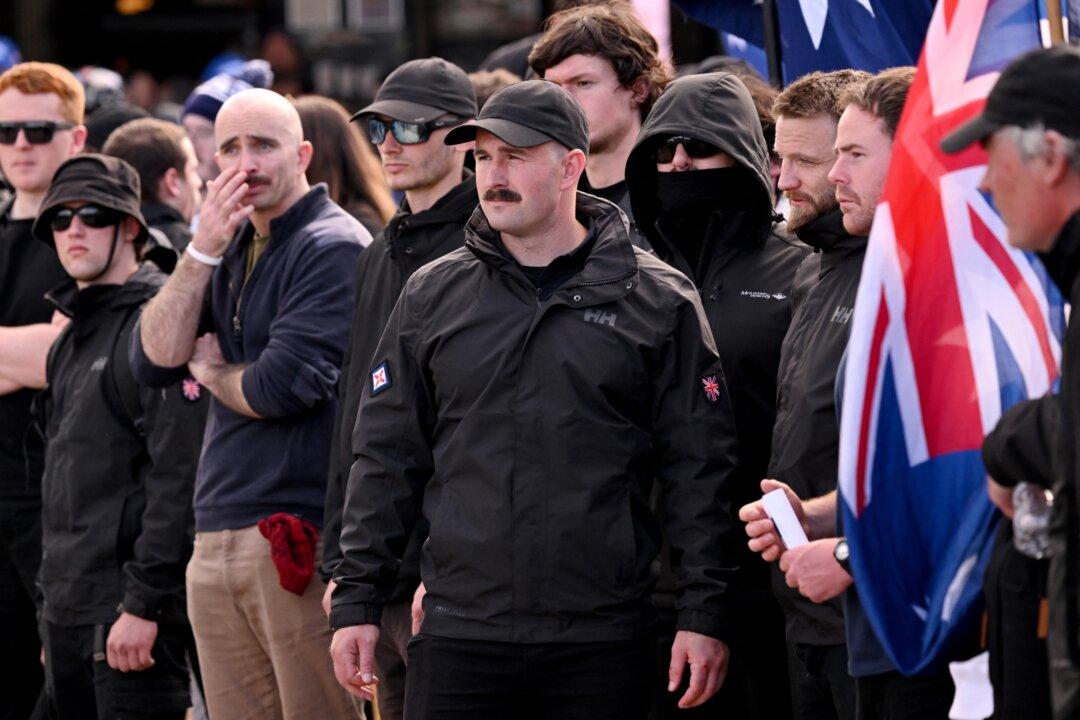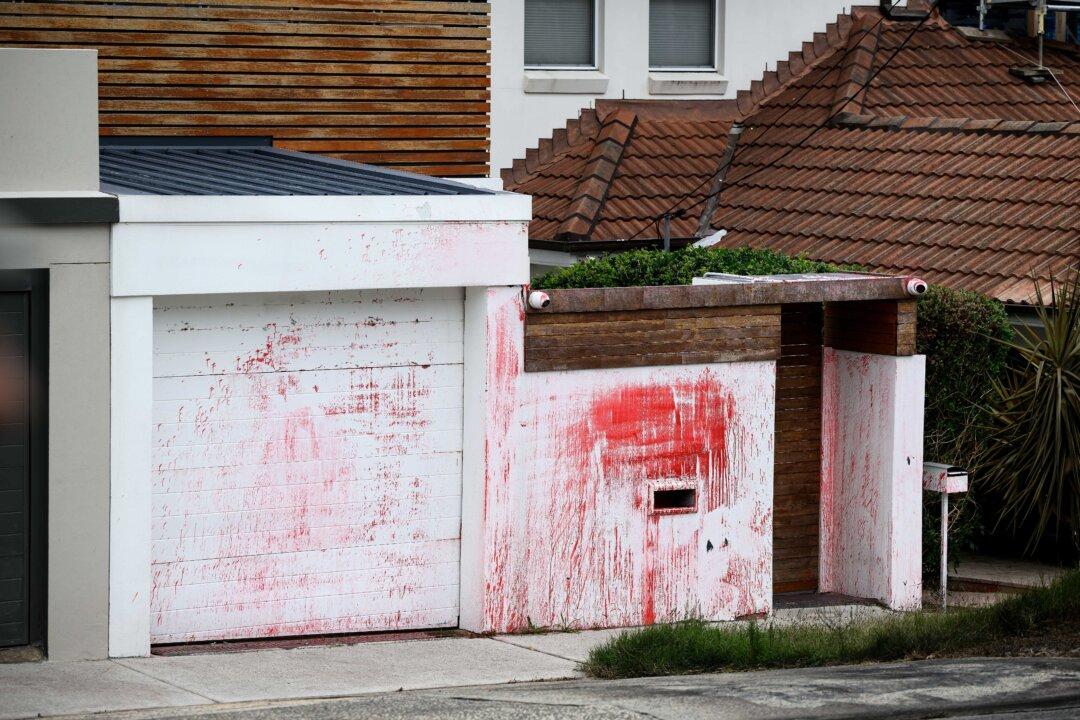For the first time in Sydney’s history, trains have burrowed deep under the harbour, as they streak toward delivering a city-wide metro service.
The new metro trains travelled across the 15.5 kilometre twin metro railway tunnels up to 40 metres below the surface as the Sydney Metro City and Southwest Line project enters its next stage.





